Products
Gripp, Inc.'s product catalog caters to the specific needs of clients in the water and wastewater industry. Explore our range of cutting-edge flow meters, suitable for permanent installations or short-term studies. Dive into the world of automatic samplers, ideal for 24-hour composite or flow-paced sampling in various applications. Our selection of top-quality fiberglass-reinforced plastics (FRP) products ensures durability in challenging environments. We can provide advanced optical spectra, physical sensors, and ISE probes for online water quality measurement.
We also offer state-of-the-art monitoring systems to keep you at the forefront of the industry. With over 45 years of experience and as an authorized representative for leading manufacturers, we're your trusted partner in environmental monitoring. Discover a world of innovative solutions with Gripp, Inc.
Automatic Samplers
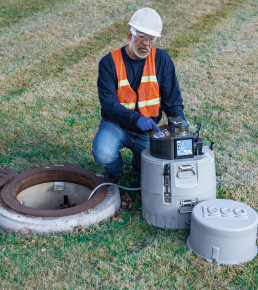
Portable Samplers
- ISCO 6712 Portable Full-Size Sampler
- GLS Compact Composite Sampler
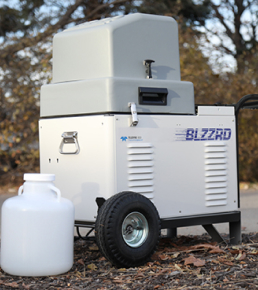
Portable Refrigerated Samplers
- BLZZRD Sampler
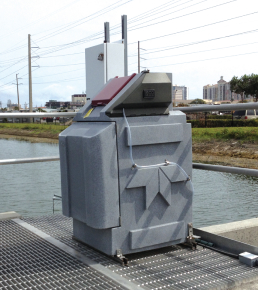
Stationary Refrigerated Samplers
- ISCO 6712FR Fiberglass Refrigerated Sampler
- ISCO 5800 Refrigerated Sampler
Flow Meters
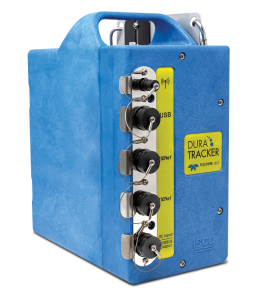
Open Channel Flow Meters
DuraTracker- Laser Flow
- Area Velocity
- Ultrasonic
- pH
- Rain Data Logging
- Flow Proportioned Sampling
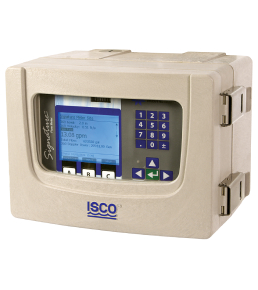
Open Channel Flow Meters
Signature® Flow Meter- Laser Flow
- Area Velocity
- Ultrasonic
- Bubbler
- pH
- Rain Data Logging
- Flow Proportioned Sampling
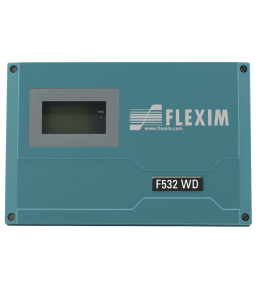
Closed Pipe
- Transit Time Ultrasonic
- Magnetic Flow Meters
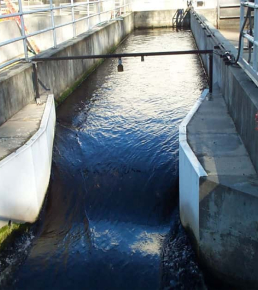
Fiberglass Reinforced Plastics
- Flumes
- Weir Boxes
- Packaged Metering Manholes
- One Piece Fiberglass Shelters
- Shades
- Equipment/Instrument Enclosures
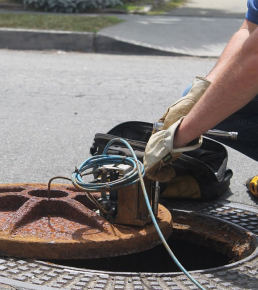
Monitoring Systems
- SmartCover
- Satellite Manhole Monitoring Systems
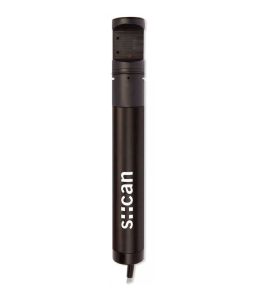
Water Quality Measurements
- Multi-Parameter Optical Spectra
- Chlorine
- Ammonium
- ORP/pH
- DO
- TSS
"With Matt and the Gripp team, I don't feel like I have to know everything about flow meters because of their knowledge and expertise."
Duwayne Johnson, President of Wastewater Operations, Inc.